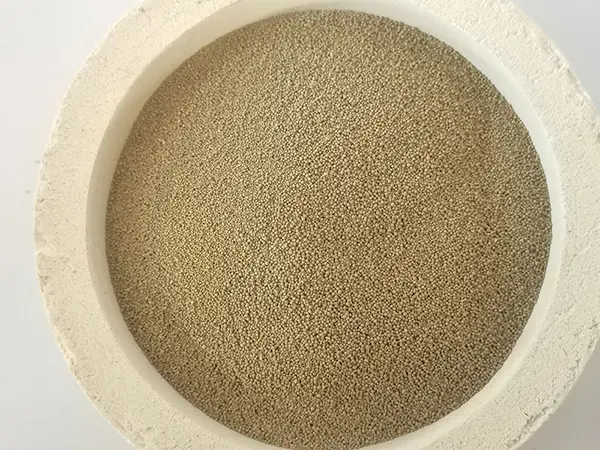The Essential Guide to Ceramic Sanding Discs Enhancing Your Sanding Experience
In the realm of woodworking, metalworking, and various DIY projects, the tools you choose can greatly influence the quality and efficiency of your work. Among these tools, sanding discs play a crucial role, and ceramic sanding discs, in particular, have become increasingly popular due to their numerous advantages. In this guide, we will explore what ceramic sanding discs are, their benefits, applications, and tips for using them effectively.
What Are Ceramic Sanding Discs?
Ceramic sanding discs are abrasive tools used for surface preparation, finishing, and smoothing. They are made with ceramic grains, which are known for their hardness and durability. These grains are typically bonded onto a backing material (often paper or cloth) to create a disc that can be attached to a sanding tool or machine.
The unique properties of ceramic abrasives allow for efficient material removal, making them an ideal choice for sanding various surfaces, including wood, metal, and composites.
Benefits of Ceramic Sanding Discs
1. Durability One of the most significant advantages of ceramic sanding discs is their durability. The ceramic grains are more resistant to wear and tear compared to aluminum oxide or silicon carbide grains. This longevity translates to less frequent replacements, making ceramic discs a cost-effective choice in the long run.
2. Aggressive Cutting Action Ceramic sanding discs are renowned for their aggressive cutting action. They can quickly remove material, making them suitable for heavy-duty applications where fast stock removal is necessary. This efficiency is beneficial in professional settings where time is of the essence.
3. Versatility These sanding discs can be used on a variety of materials, including hardwood, metals, plastics, and even some composite materials. This versatility makes them an excellent addition to any toolbox, allowing for seamless transitions between different projects.
4. Cooler Cutting The advanced ceramic grain structure helps to dissipate heat effectively, which reduces the risk of burning the workpiece’s surface. This feature is particularly important when working with heat-sensitive materials or when a fine finish is required.
5. Consistent Performance Unlike traditional abrasives that may lose their cutting ability quickly, ceramic sanding discs maintain consistent performance throughout their lifespan. This reliability is essential for achieving a high-quality finish on all types of projects.
Applications of Ceramic Sanding Discs
ceramic sanding discs

Ceramic sanding discs find applications across various industries and projects
- Woodworking Ideal for removing finishes, shaping edges, and preparing surfaces for staining or painting. They can efficiently sand hardwoods, softwoods, and composite materials.
- Metalworking Commonly used for deburring, grinding, and finishing metals in fabrication shops. Their aggressive cutting action makes them suitable for both rough and fine finishing operations.
- Automotive Industry These discs are employed in bodywork, paint removal, and surface preparation for refinishing processes.
- Construction Used for smoothing surfaces and preparing materials like concrete and masonry for finishing applications.
Tips for Using Ceramic Sanding Discs Effectively
1. Choose the Right Grit Select ceramic discs with the appropriate grit for your project. Coarse grits (40-60) are suitable for heavy material removal, while finer grits (120-220) should be used for finish work.
2. Use Proper Speed When using power tools, ensure that you use the recommended speed for the specific sanding disc. Operating at the correct RPM can enhance the cutting efficiency and prolong the lifespan of the disc.
3. Maintain Consistent Pressure Applying even pressure while sanding will help achieve uniform results. Avoid pressing too hard, as this can cause the disc to wear out faster or damage the work surface.
4. Keep Discs Clean To maintain performance, periodically clean the sanding discs to remove dust and debris. This will ensure better adherence and cutting efficiency.
In conclusion, ceramic sanding discs are an invaluable tool for anyone involved in sanding and finishing tasks. Their durability, aggressive cutting action, and versatility make them ideal for a wide range of applications. By understanding their benefits and following best practices, you can significantly enhance your sanding experience and achieve professional-quality results.
Post time:ਦਸੰ. . 15, 2024 07:14
Next:Optimizing Surface Finish for 3D Printed Parts Through Effective Sanding Techniques
